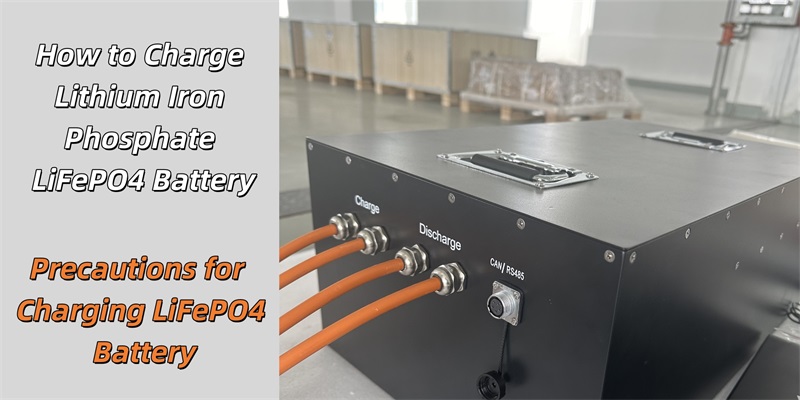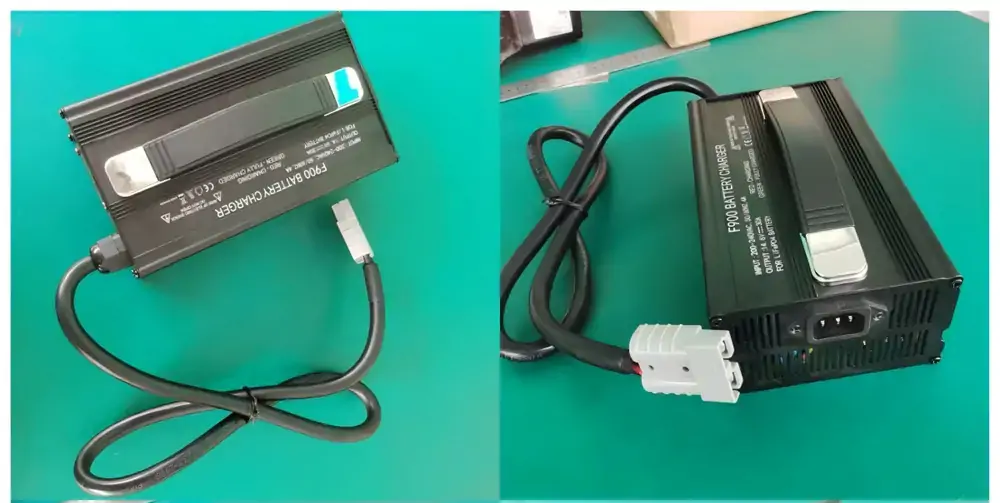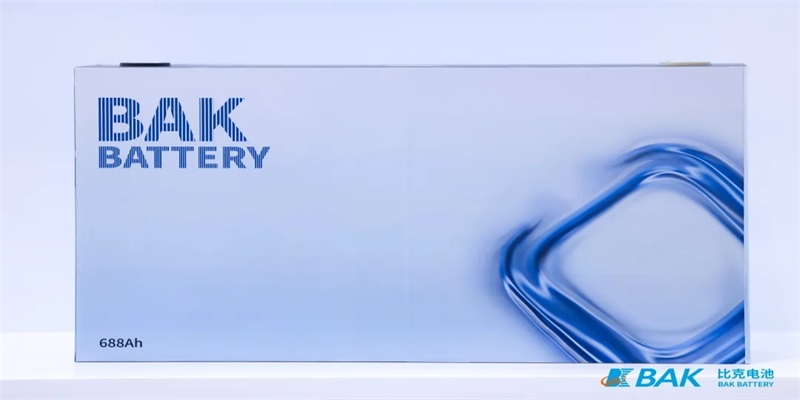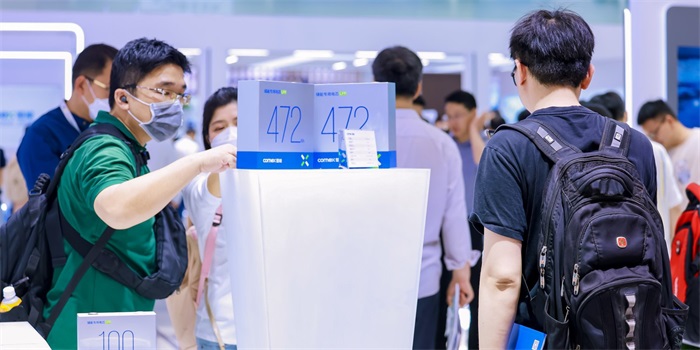How to Charge Lithium Iron Phosphate LiFePO4 Battery: Precautions for Charging LiFePO4 Battery
When transitioning from a lead-acid battery to a lithium iron phosphate battery, proper charging is essential for optimal performance and longevity. Below are the key considerations to keep in mind.

Note 1: Charge condition
Similar to your cell phone, you can charge lithium iron phosphate batteries at any time. If they run low, they won’t be usable until they receive a charge. Unlike lead-acid batteries, lithium iron phosphate batteries aren’t harmed by being left in a partial state of charge, so there's no need to rush to recharge them after use. Additionally, they don’t suffer from memory effect, meaning you don’t have to wait for them to fully discharge before charging.
Energy-X LiFePO4 batteries can be safely charged within a temperature range of -4°F to 131°F (-20°C to 55°C). However, for optimal performance, it is recommended to charge them at temperatures above 32°F (0°C). If you need to charge the battery in freezing conditions, ensure the charging current is limited to 5-10% of the battery's capacity.
Note 2: Voltage requirement
Energy-X Lithium Iron Phosphate (LiFePO4) 12V batteries should be charged at 14.4 Volts (V). For batteries wired in series multiply 14.4V by the number of batteries. For example, a 24V battery bank requires a charger voltage of 28.8V , 36V requires 43.2V, etc.
Energy-X Battery Voltage (V) | Recommended Charging Voltage (V) | Recommended Charging Rate (C) | Charging Time Reference |
12 Volts | 14.4 Volts | <0.3C | 3 hours or longer |
24 Volts | 28.8 Volts | <0.3C | 3 hours or longer |
36 Volts | 43.2 Volts | <0.3C | 3 hours or longer |
48 Volts | 57.6 Volts | <0.3C | 3 hours or longer |
60 Volts | 72.0 Volts | <0.3C | 3 hours or longer |
72 Volts | 86.4 Volts | <0.3C | 3 hours or longer |
-Discussion: What is the battery voltage when my battery is full or depleted?
Energy-X Lithium Iron Phosphate batteries typically measure around 14.4V when fully charged, dropping to about 13.4V once the charger is removed. The voltage remains steady between 13.4V and 12.8V during use and drops to 9.7V towards the end of the discharge. This flat voltage curve means the battery delivers consistent power, only dropping below useful voltage when nearly empty.
In contrast, lead-acid batteries experience a steep voltage drop, and it's common for their voltage to become unusable even when 60% of the capacity remains.
Thanks to the flat voltage curve, Energy-X Lithium batteries offer twice the usable power, despite having the same energy capacity as their lead-acid counterparts. For example, a 100Ah Energy-X Lithium battery provides double the usable runtime of a 100Ah AGM or lead-acid battery, even with identical energy ratings. Please note that a voltage drop below 1V indicates that the Battery Management System (BMS) has been triggered.
Note 3: LiFePO4 battery charger selection
LiFePO4 (lithium iron phosphate) batteries feature high safety, long lifespan and stable performance, and are widely used in energy storage, electric vehicles, solar systems, and other fields. However, choosing the right charger is of vital importance, directly affecting the efficiency and lifespan of the battery. Choose a charger suitable for lithium iron phosphate batteries reasonably.
-Discussion 1: Which kind of lithium charger can I use for LiFePO4 batteries?
Most LiFePO4 chargers have an output range of 14.6V to 14.8V, which is suitable for charging Energy-x Lithium batteries and other LiFePO4 batteries fully. There are no specific brand requirements for these chargers. Additionally, other programmable chargers can be used, but they should be set to output 14.4V and disconnected once charging is complete.
-Discussion 2: Can I charge my LiFePO4 lithium battery with lead lead-acid charger?
The answer is NO!
Some sellers claim that you can simply use your existing lead-acid charger for Lithium Iron Phosphate (LiFePO₄) batteries. In reality, only a small number of chargers are truly capable of charging LiFePO₄ batteries both accurately and safely. Most lead-acid chargers are not designed to bring lithium batteries to a full state of charge, nor do they do so efficiently. This is especially important when using solar power, where maximizing energy transfer to your batteries is crucial.
To learn more about whether Lead-Acid Batteries can charge Lithium batteries (lifepo4 batteries), it is recommended to read 《Can a lead-acid Battery Charger Be Used for Charging Lithium Batteries?》
So, No matter what they say in their marketing (which is really all it is – a made up marketing spiel) about their supposedly magic batteries that you can use any charger on, it is just totally wrong and demonstrates a total lack of understanding of LiFePO4 chemistry, the narrow voltage range that it operates in and the effects of using a multi-stage Lead acid charger to charge LiFePO4 cells.
FAQ
1. How long does it take to charge lithium batteries?
Divide the battery's Ah by the charger's amps (e.g., 100Ah ÷ 50A = 2 hrs). Avoid fast charging often, as it may reduce battery lifespan.
2. How do I store my LiFePO4 lithium battery better?
Store at ~50% charge indoors, ideally between 15–35°C. Cycle every 6 months if stored long-term. Avoid full discharge. No trickle charger needed.
3. Are LiFePO4 lithium batteries safe?
Yes, LiFePO4 is one of the safest and most stable lithium chemistries. Energy-X batteries are UL 1642 certified and include a built-in BMS for full protection and cell balancing.


